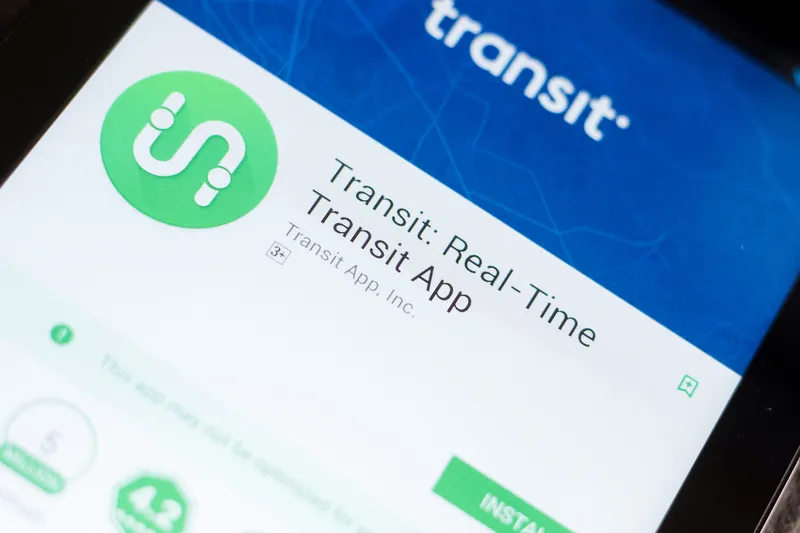California’s Antelope Valley Transit Authority (AVTA) is to implement a US$2.3 million intelligent transportation system to provide real time travel information to the Valley’s 400,000 residents. Pennsylvania based Avail Technologies will install the new system by 2015. The system will enable passengers with smartphones to predict when the next bus will arrive by accessing the QR code posted at each bus stop. Customers will also be able to gather bus location information by texting the IT system or by visit
July 5, 2013
Read time: 2 mins
California’s Antelope Valley Transit Authority (AVTA) is to implement a US$2.3 million intelligent transportation system to provide real time travel information to the Valley’s 400,000 residents.
Pennsylvania based7414 Avail Technologies will install the new system by 2015. The system will enable passengers with smartphones to predict when the next bus will arrive by accessing the QR code posted at each bus stop. Customers will also be able to gather bus location information by texting the IT system or by visiting the AVTA website. For the visually impaired, the system will provide information via a cell phone.
The system will automatically count the number of passengers boarding and alighting each bus and will even be able to determine the number of wheelchair passengers utilising each stop. Automatic announcements will also be triggered by the IT system to alert passengers of upcoming bus stops.
Customer service representatives will also be able better monitor the transit system and provide real time information to customers seeking trip planning assistance.
“Installing the system will improve customer service by leaps and bounds,” stated AVTA board chairman Norm Hickling. “The board’s vision is to develop a world class transit system and this is one more step in the right direction.”
“Not only will the system provide convenient information to customers but it will provide important data to AVTA transit planners.” stated AVTA executive director Julie Austin. “We intend to use the information to enhance our service so that it meets ridership levels as effectively as possible.”
Pennsylvania based
The system will automatically count the number of passengers boarding and alighting each bus and will even be able to determine the number of wheelchair passengers utilising each stop. Automatic announcements will also be triggered by the IT system to alert passengers of upcoming bus stops.
Customer service representatives will also be able better monitor the transit system and provide real time information to customers seeking trip planning assistance.
“Installing the system will improve customer service by leaps and bounds,” stated AVTA board chairman Norm Hickling. “The board’s vision is to develop a world class transit system and this is one more step in the right direction.”
“Not only will the system provide convenient information to customers but it will provide important data to AVTA transit planners.” stated AVTA executive director Julie Austin. “We intend to use the information to enhance our service so that it meets ridership levels as effectively as possible.”









